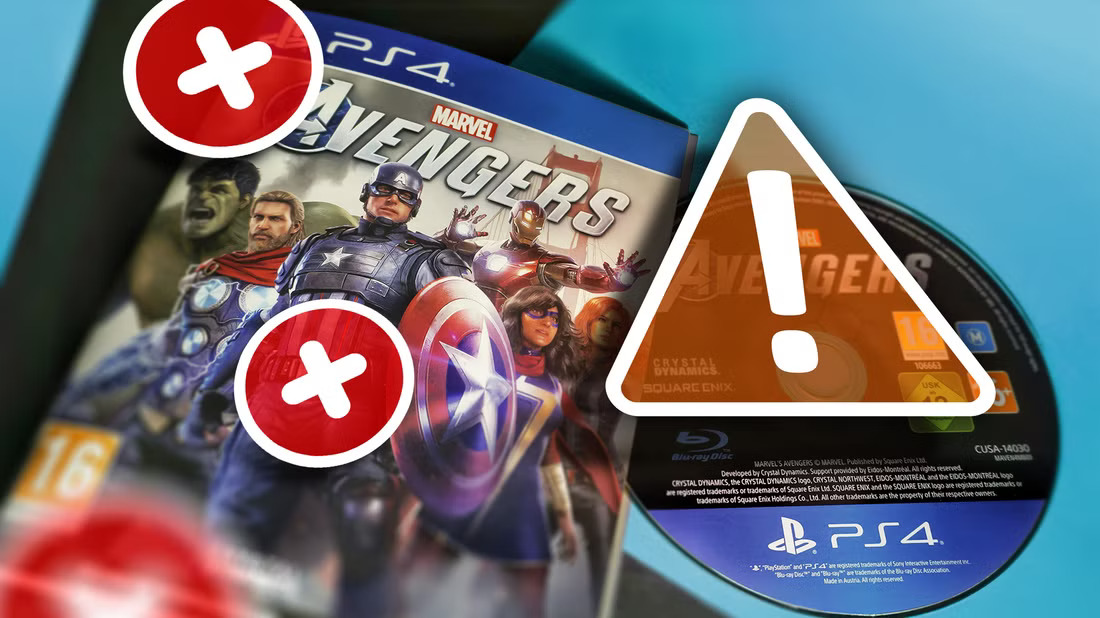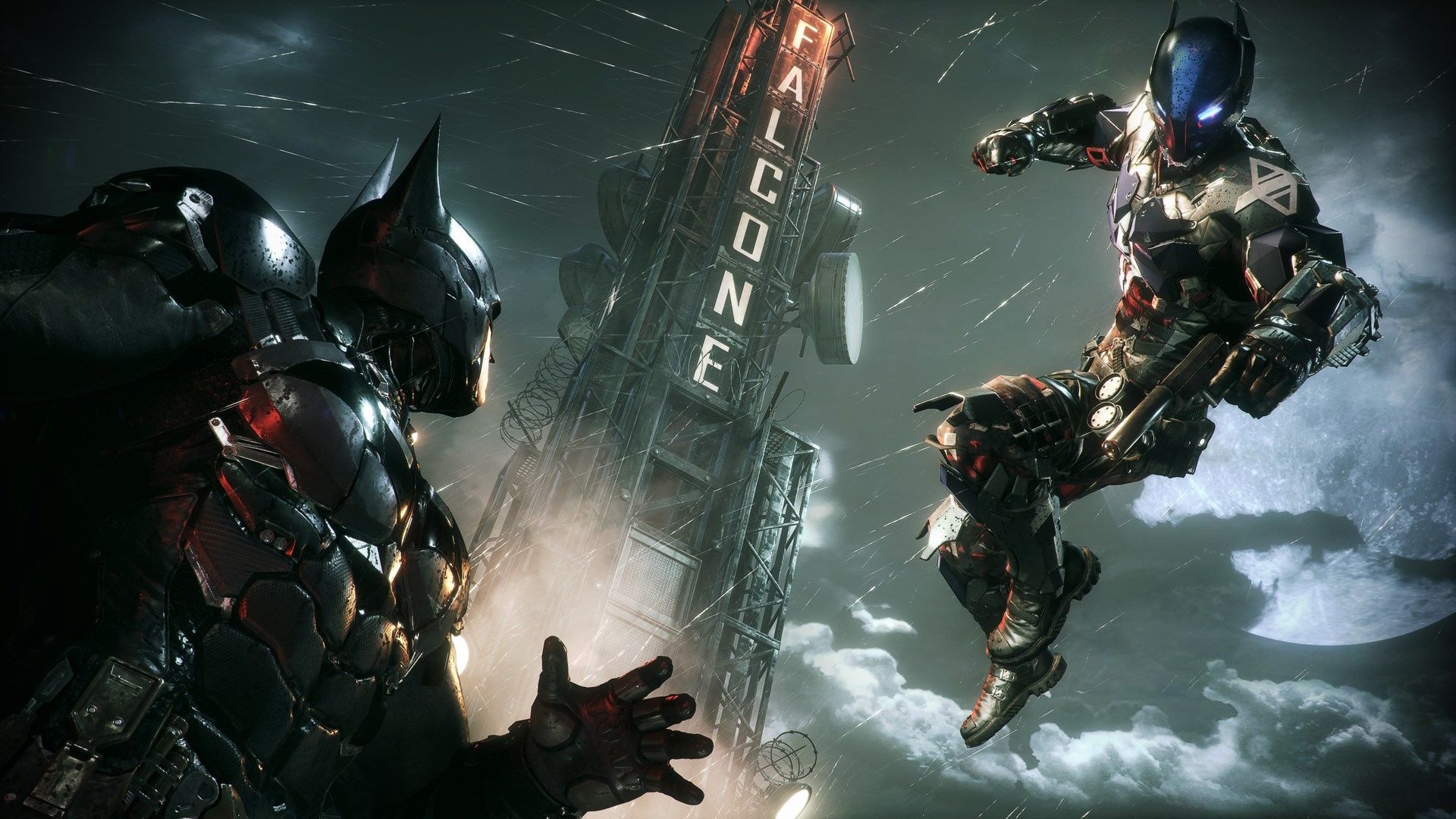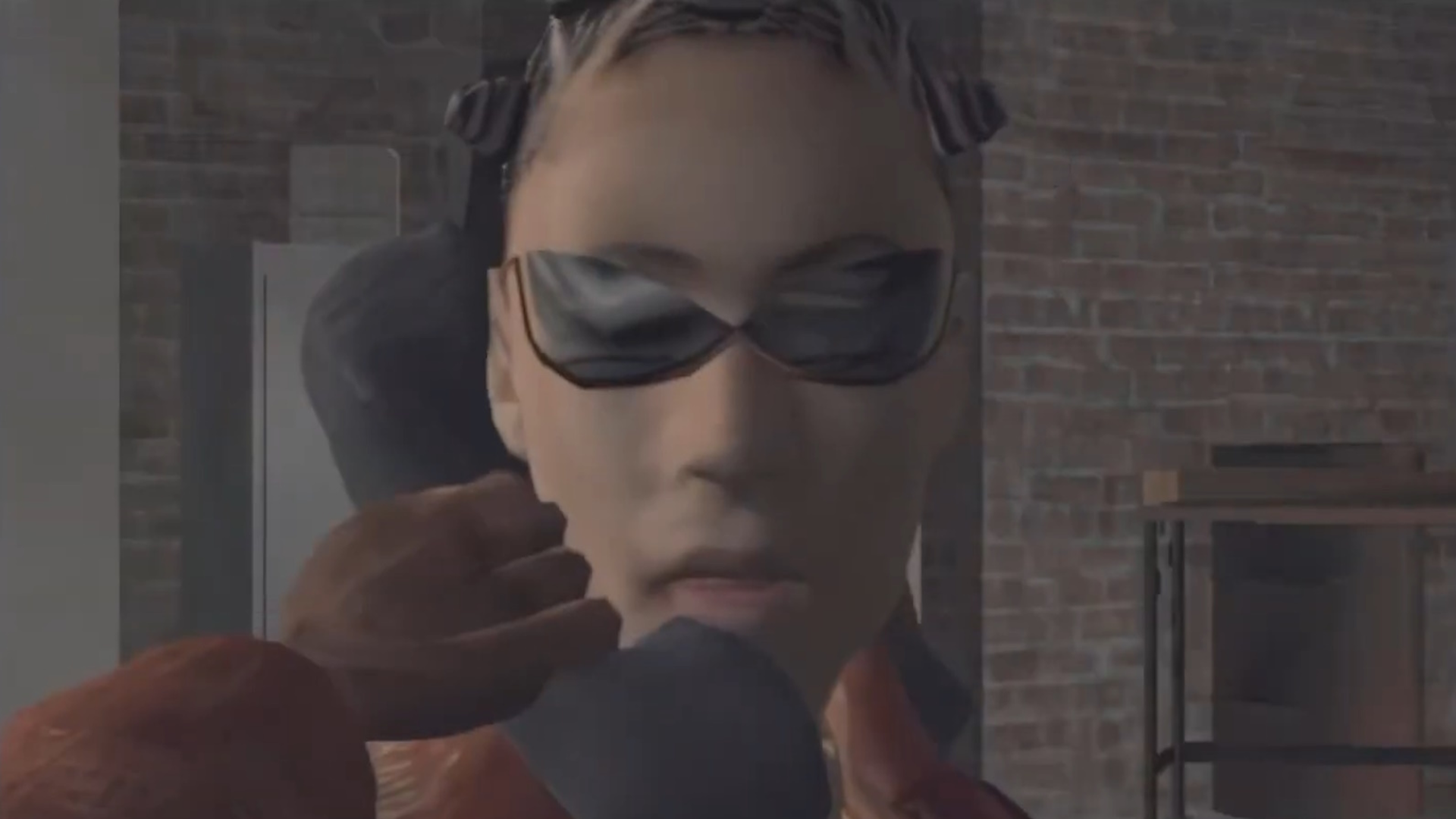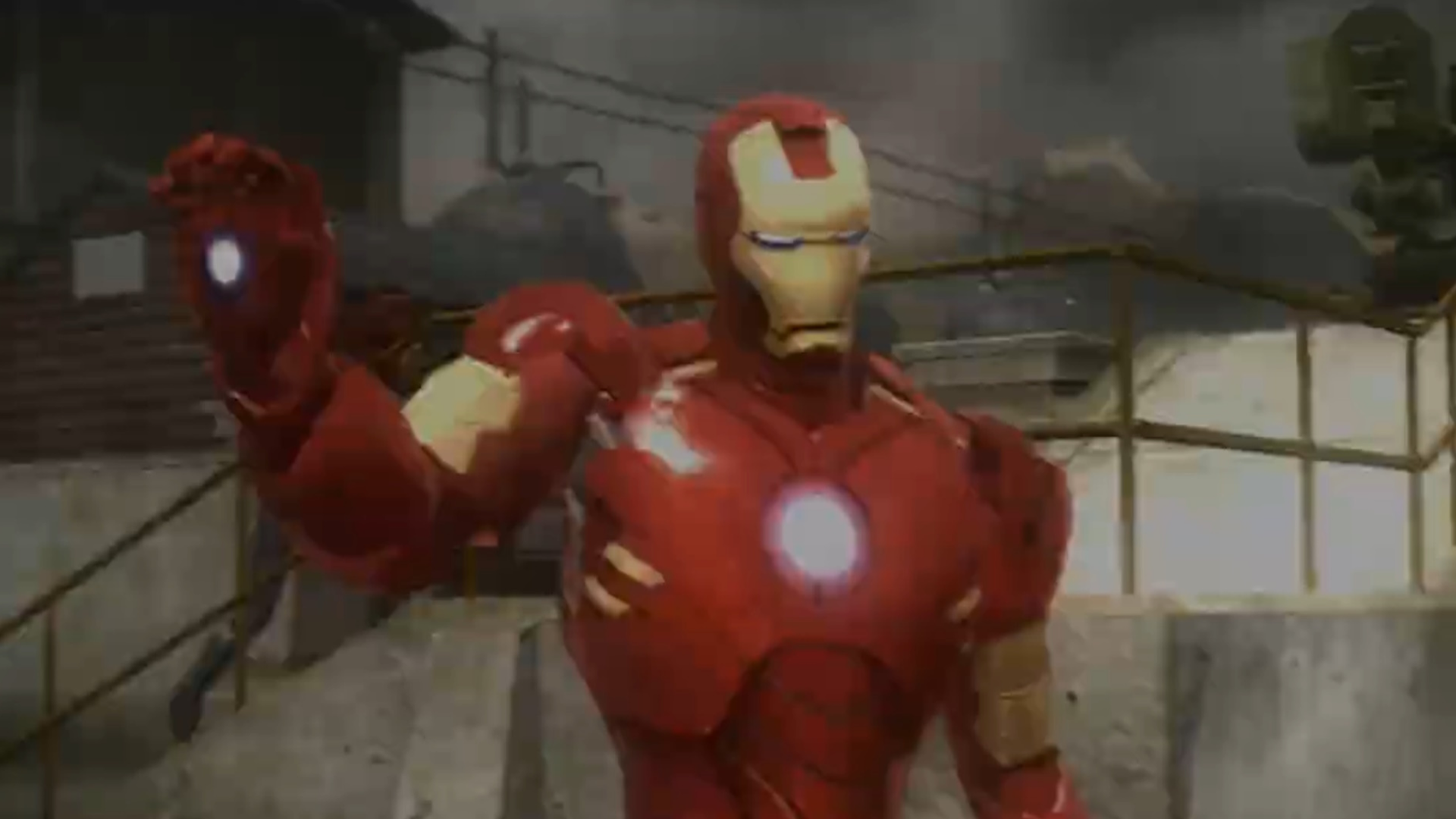There was a time when tie-ins were everywhere in the gaming world. These days, they’re scarcely seen—and that may be a good thing. Here’s why…
What Do We Mean by Video Game Tie-Ins?
In simple terms, video game tie-ins refer to games directly linked to or created as part of a larger franchise. These franchises can be TV shows, movies, comics, or books. They are usually released to coincide with or promote the related media, and are not limited to any particular gameplay genre.
Over the last few console generations, there have been many titles that meet this description—and they can vary wildly in quality. From Atari’s Superman (1978) (the first video game tied to a movie release), to more recent examples such as Avatar: Frontiers of Pandora, the impact of video game tie-ins is undeniable.
Tie-ins have covered just about every kind of intellectual property (IP) you can think of, and under this banner, you can find the good, the bad, and the plain ugly. When they’re good, they’re very, very good (e.g. Batman: Arkham Collection, The Thing, GoldenEye 007), and when they’re bad, they’re horrid (e.g. LOTR: Gollum).
Tie-ins are often regarded as cynical cash grabs that bank on the popularity of their associated IPs, with sub-par graphics, janky animations, and tired gameplay mechanics. This is not always the case, of course, but ask any gamer and they will probably be able to list several examples of bad tie-ins for every good example that comes to mind.
How Tie-Ins Blew Up the Gaming Industry
In the early 2000s, the gaming industry saw a surge in the number of tie-in titles being released. Notable releases during this time included Spider-Man 2, Enter the Matrix, and The Lord of the Rings: The Return of the King, along with countless others.
This was the golden age of movie and franchise tie-ins. If a big movie was being released, you could expect the video game version to follow hot on its heels. This trend continued into the late noughties and early 2010s, with a slew of movie (and specifically comic book movies) games released, such as Batman Begins, Iron Man 2, and Captain America: Super Soldier.
However, these titles were up against some pretty stiff competition, as some of today’s most popular videogame franchises were releasing some of their most stand-out entries during that time.
Competing against the likes of huge titles such as Grand Theft Auto: San Andreas, Resident Evil 4, and The Elder Scrolls V: Skyrim, movie tie-ins and franchise tie-ins were coming up short in terms of gameplay and the level of player immersion they offered. One likely reason for this relative lack of quality is the push to release tie-ins alongside their respective big-screen counterparts.
With tie-in titles being developed and released in this way, the videogame market soon became saturated with lackluster games that often felt rushed or unfinished. And with that, they gained a collective notoriety for being underwhelming experiences that lacked any real impact or longevity.
The Shift Away From Tie-In Titles
Although tie-in videogames are still being developed today, their numbers have decreased considerably. The reasons for this are debatable, though it seems likely this comes down to a few significant contributing factors.
Competition in the videogame market is fierce. The rising cost of games means that most gamers have to pick and choose their games carefully. The truth is, that many tie-ins lack that certain uniqueness that makes them stand out from the crowd.
Most gamers like to feel that they’re getting value for money from their hard-earned dollars. A pedestrian eight-hour solo campaign just isn’t going to cut it these days, not when dozens of original titles boast 20+ hour campaigns.
Why Gaming Is Better Off Without This Genre
Unless there’s a change in the way that video game tie-ins are developed, it’s hard to see how the stigma of poor optimization and lackluster gameplay can be broken. Pressure to deliver titles seems to form a vicious circle where games are not given enough time to properly bake, and are then badly received.
More recent titles such as Square Enix’s Marvel’s Avengers should have been a slam dunk, given the wealth of cool, licensed characters involved. However, its gameplay was little more than moving from one trash mob to another, albeit with some pretty visuals.
While not directly tied to any of the Marvel Cinematic Universe’s (MCU) theatrical releases, the intention certainly seems to have been to capitalize on the huge success of that franchise. And yet, having gained the rights to the MCU and its roster of characters, there seems to have been a relative lack of ideas for the game itself. And therein lies the problem.
The idea of stepping into the shoes of your favorite licensed characters is cool, but the reality can often be underwhelming. Marvel’s Avengers is an ideal example of this. You’re inhabiting a bunch of characters who have a strong moral compass. Therefore it follows that your available in-game actions as those characters will be limited in terms of player choice.
There is no moral conundrum when you’re playing as Captain America. This can make your gameplay feel rather restrictive if anything, unlike say the best RPGS, where you are free to act as you please, and forge your path through the game world.
The nature of tie-ins can make playing through them feel like a trudge at times, with little or no surprises along the way. For a seasoned gamer, this can leave little to get excited about, as you can often predict what will be around each corner, making them a frustrating genre to play. While there are elements of older games that are missed by players, I don’t miss the tie-in era due to the quality of many titles.
The development of original titles that aren’t tied to any particular IP seems to allow for greater creative depth from the developers. Freed from the constraints of what can and can’t be featured in a licensed tie-in, we tend to see an outpouring of innovation and a more cohesive final product, and that’s the type of game I would rather part with my cash for.







